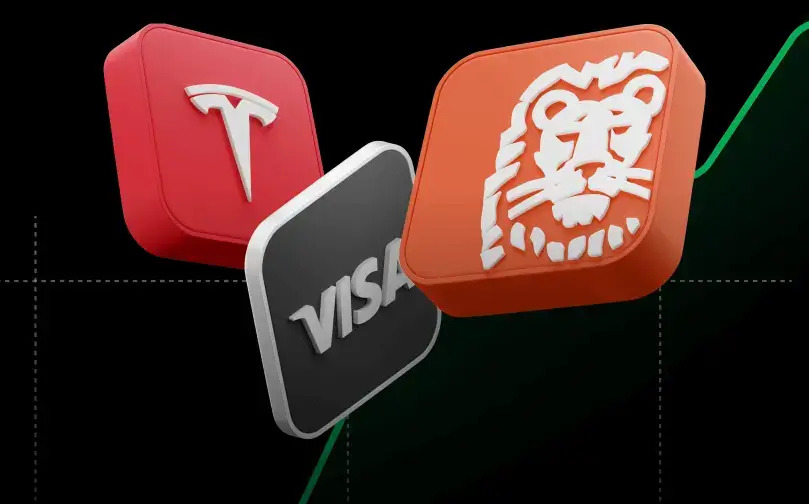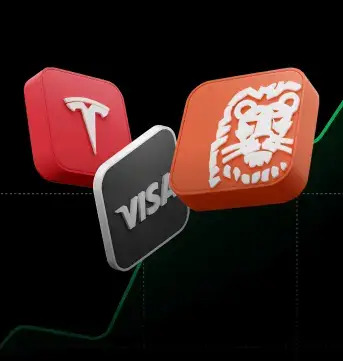- Scalping is a type of trading strategy.
- Scalpers seeks to benefit from tiny movements in market prices over a very short time period, often seconds to minutes.
- Scalping is based on opening many transactions and closing them with small profits.
What Is Scalping?
Scalping is a trading strategy that requires the trader to place multiple trades, which seek to close out small profits over extremely short time frames. For example, a scalper may seek to profit from a one or two pip movement in the EUR/USD over a time period of just 30 seconds. They would then seek to repeat this process multiple times throughout the day, so the small profitable trades could add up to a much larger amount.
Scalping is a strategy that requires discipline and a very good risk management system. The reason for this is connected to the fact that scalpers close many transactions with small profits, and their risk management system should not allow them to hold losing transactions for too long, simply because a large loss may cover a very big number of previously made profits. Moreover, scalping calls for discipline, because it often requires opening a very large number of transactions per day, and trading on short-term time intervals, such as the one and five minute intervals where the market may be very dynamic.
Why Scalp Trade?
One of the reasons why scalpers trade in the short term is simply because they believe it may be easier to make a profit based on a short market movement in comparison to a long market movement that not only may develop for days, but may also encounter deep corrective movements.
Another crucial factor in scalping is being sure that your broker provides you with quick execution even in volatile market movements. Moreover, it’s important to point out that scalping is rarely a strategy used by beginner traders. Not only does it require a great deal of knowledge and discipline, but it’s often also very impractical for people who work in 9 to 5 jobs.
How to Scalp Trade
There are three types of scalp trading to choose from:
Market making, which is where a scalper tries to capitalise on the spread by simultaneously posting a bid and an offer for a specific stock. This is the most difficult type of scalping to do successfully, as the scalper must compete with market makers for the shares on both bids and offers.
Purchasing a large number of shares that are sold for a gain on a very small price movement. In this case, the scalper will enter into positions for several thousand shares and wait for a small move. This approach requires highly liquid stock to allow for entering and exiting 3,000 to 10,000 shares easily.
Entering an amount of shares on any setup or signal from your system and closing the position as soon as the first exit signal is generated near the 1:1 risk/reward ratio. This type of scalping is considered to be the closest to traditional trading.
Example of a Scalping Trading Strategy - DE30 (DAX underlying)
As discussed above, scalping seeks to take advantage of small price movements in a market over very short timeframes, sometimes even seconds. Therefore, the cornerstone of a scalping strategy is to first pick a market that has enough price movement throughout the day to scalp small movements. In this example, let’s choose the DE30 (DAX 40 underlying) market, which is the benchmark German stock index. The DAX Index typically moves hundreds of points in a day, giving the scalper enough movement to find trading opportunities.
Now we’ve chosen a market, next we need to decide when to get in and out of a trade. One strategy to adopt is to choose only scalp markets that are in a clearly defined trend (up or down). This is because its more predictable to pick which side to trade the price moves i.e. up (buying or down (selling). For this example, lets see we highlight the DE30 (DAX underlying) is in an up trend. That means in this strategy we are only going to look for Buying scalping opportunities.
The last part of this strategy (now that we know we are looking for buy side trades) is to pick moments when prices are falling from their previous highs across short timeframes such as 1 minute, 5 minutes or 15 minutes (you can do this yourself using the charts available on xstation). When we see prices falling, we select buy trades expecting prices to recover given we’ve assessed that the price is in an uptrend. Next we choose where to close the trade for a small profit or loss. Here is where we can utilise closing orders such as a stop loss to manage risk or a take profit to lock in our small gains.
This is just one example of many that traders use to maximise the opportunities that exist in a scalping trading strategy.
Scalping vs Day Trading
Scalping and day trading are two very different strategies in forex trading. While day traders are simply traders who use the day trading system, scalpers are people who use the scalping strategy to scalp the market. There are many differences between the two.
The difference in time frame: while scalpers trade in an exceptionally short time frame, typically 1 to 2 minutes in the market, day traders trade the market with a long time frame, usually 1 to 2 hours in the market.
Account sizes: scalpers have a big account size and take high risks in the markets. On the other hand, the day traders have an average account size, and execute high lot size trade in their online trading account.
Market experience: scalpers know the market and can understand the market trend. They place trades on the market without waiting for the result. They know where the market will go, and wait for closing trades to get a profit.
Results: the main difference between day trading and scalping is when traders actually see the results. Scalpers get their results immediately, while day traders get them in a day.
PLEASE NOTE! Scalping is not suitable for investors who have a low risk appetite and wish to invest over the long term.
This content has been created by XTB S.A. This service is provided by XTB S.A., with its registered office in Warsaw, at Prosta 67, 00-838 Warsaw, Poland, entered in the register of entrepreneurs of the National Court Register (Krajowy Rejestr Sądowy) conducted by District Court for the Capital City of Warsaw, XII Commercial Division of the National Court Register under KRS number 0000217580, REGON number 015803782 and Tax Identification Number (NIP) 527-24-43-955, with the fully paid up share capital in the amount of PLN 5.869.181,75. XTB S.A. conducts brokerage activities on the basis of the license granted by Polish Securities and Exchange Commission on 8th November 2005 No. DDM-M-4021-57-1/2005 and is supervised by Polish Supervision Authority.


